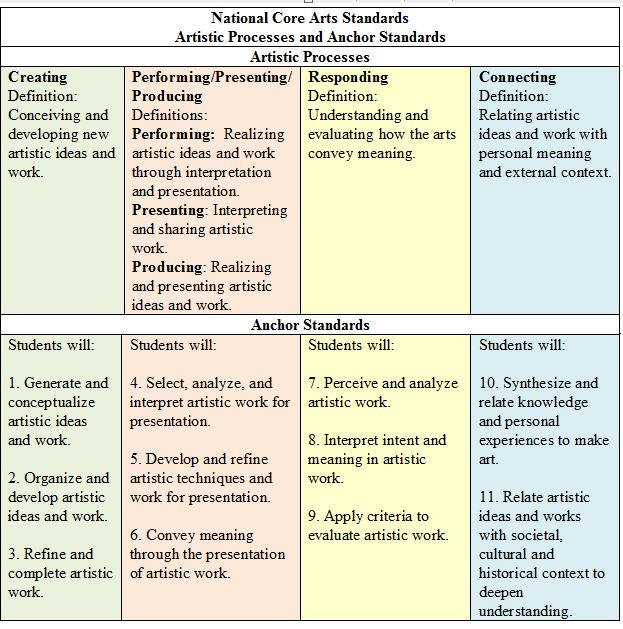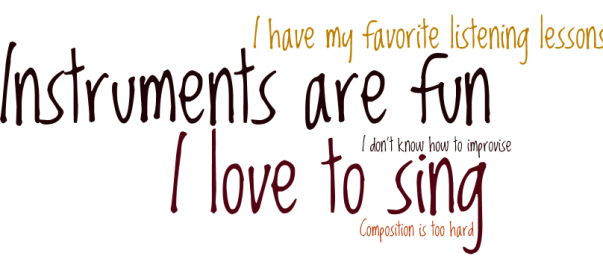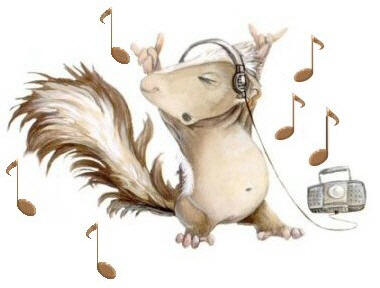We have thus far focused on how to teach, but it should be noted that any of the pedagogies we have studied thus far are effective in the hands of a qualified music teacher. 
Your textbook defines curriculum as "the activities that occur in the classroom (p. 316)." A curriculum is just a plan. It can include broad objectives for what students should know and be able to do . . . at the end of their elementary music education by the end of 4th grade by the end of a unit of study by the end of the class period Based on those objectives or outcomes, what activities would you plan to attain your objectives?? And who sets the objectives or outcomes?? In 1994, the Music Educators National Conference spearheaded an attempt to synthesize music education into standards. The result was 9 National Standards for Music Education: 1. Singing, alone and with others, a varied repertoire of music. 2. Performing on instruments, alone and with others, a varied repertoire of music. 3. Improvising melodies, variations, and accompaniments. 4. Composing and arranging music within specified guidelines. 5. Reading and notating music. 6. Listening to, analyzing, and describing music. 7. Evaluating music and music performances. 8. Understanding relationships between music, the other arts, and disciplines outside the arts. 9. Understanding music in relation to history and culture.
In 2014, the National Coalition for Core Arts Standards released a new set of standards for the arts. 
What were 9 standards are now compacted into these: 1. Creating 2. Performing 3. Responding 4. Connecting |
Music Standards at a Glance These standards provide grade-by-grade performance standards and outline age-appropriate developmental progression Go to this link for a great overview of the documents related to music education
https://nafme.org/overview-of-2014-music-standards/ These standards are all voluntary. However, several states also have their own versions of standards for music. It gets quite confusing! 
Elementary music teachers have limited time to teach music - some significantly less than others. No wonder so many music teachers just do their own thing . . . In her book, The Kodaly Method I, Lois Choksy had this to say about the limited time quandary: We may be inclined to take one of two equally dead-end roads: either we rush through musical skills and concepts so fast that children acquire a vocabulary of surface facts about music but do not develop musical skills and understandings (these take time), or we say "I haven't enough time to teach musical concepts. I'll just teach children to enjoy music." The latter approach is an impossibility - one only truly enjoys and appreciates things one understands. They may say: "Why cover all of the standards? I like some activities so much better than others." “Recipes for Success” With the recipe analogy, you can add twice as much sugar or eggs or milk to a cake because you like that ingredient better. 
However, for the finished product to turn out as intended, it must be a result of a plan that is tested (using those standards, for example) to have a good product. So if elementary music teachers intend for the cake to turn out beautifully, instead of like a pancake, the curriculum and objectives must be carefully constructed. 
So, how can an elementary music teacher put all of that in the time allowed??? Stay tuned . . . | 







